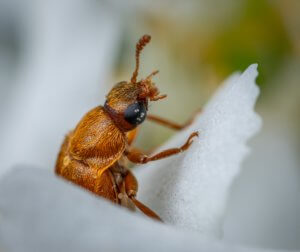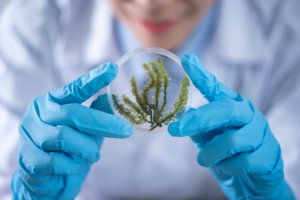Awesome science news from the web (10/08)
Once again, we bring you the awesome science news from the web; with tips on how to talk about these topics with kids – questions to ask and discussions to have.
“Millions saw the apple fall, Newton was the only one who asked why?”
-Bernard M. Baruch
1. NASA’s dangerous journey to the sun!
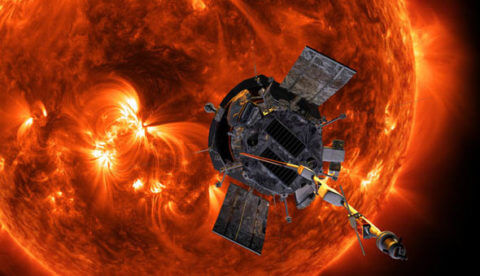 NASA’s engineered Parker Solar Probe will leave on Saturday, August 11th from Florida and will travel through the sun’s corona. The aim of the mission is to explore what accelerates the solar wind as well as solar energetic particles. The spaceship will have to face brutal heat and radiation in order to send back observations of the Star. Link to story
NASA’s engineered Parker Solar Probe will leave on Saturday, August 11th from Florida and will travel through the sun’s corona. The aim of the mission is to explore what accelerates the solar wind as well as solar energetic particles. The spaceship will have to face brutal heat and radiation in order to send back observations of the Star. Link to story
| Sharing with kids: Scientists have built an advanced machine to investigate the sun (a giant star) and its dangerously hot temperature. The aim of this mission is mainly to understand why the sun’s atmosphere is so much hotter than its surface and core.
Questions to ask: 1. What is the Sun made of? 2. How old is the sun? 3. How many times brighter is the sun than the full moon? 4. What real-world applications would this have? Suggested Answer: 1. The Sun is made of hot gases, containing many of the same materials we find here on the Earth. These materials, called elements, include hydrogen, helium, calcium, sodium, magnesium, and iron. You can find all of these on any periodic table of elements. 2. The Sun is about 4 1/2 billion years old. Humans have only been around for a tiny, tiny fraction of this time. 3. About 600,000 times. 4. Predicting space weather, learn more about stars, understand how life on earth developed. |
2. Now you can listen to music from your skin!
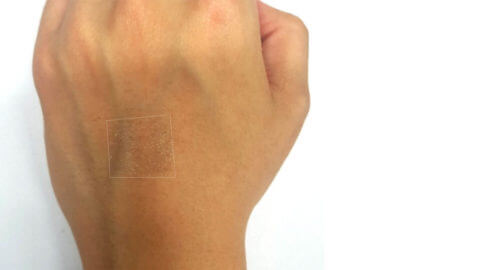
Scientists have created small, bendy speakers and microphones that let your skin play music. It is a type of wearable technology, called “smart skin”, and can be used as a patch that is capable of conducting sound signals. Link to the story
|
Sharing with kids: Earphones are devices that allow you to listen to your favourite song but are annoying because you can lose them or forget to carry them around. Scientists have created a cool type of technology that allows you to listen to music from your skin. It would look invisible to the human eye and would be handy for people who have cannot hear properly because it would always be on their bodies. Questions to Ask: 1. How long is it safe to wear headphones? 2. Can you think of some other cool inventions related to sound? Suggested Answer: 1. As a rule of thumb, you should only use MP3 devices at levels up to 60% of maximum volume for a total of 60 minutes a day. 2. Some potential examples can include the cochlear implant or wireless earphones using Bluetooth etc. |
3. Where do these mysterious creatures belong?
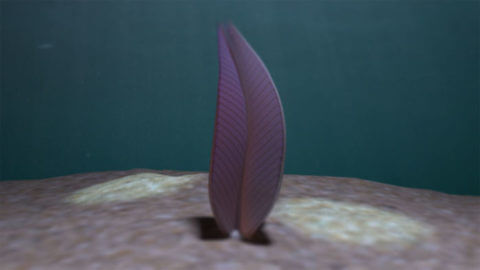
Ediacaran organisms have been studied by Biologists in order to identify which kingdom they belong to; and were originally believed to be a type of algae or fungi. However, after finding fossils, paleontologists have now discovered that they belong to a new class of organisms. However, there still needs to be more evidence as to how these organisms relate to modern animals. Link to the story
|
Sharing with kids: Biologists are scientists who study the science of living things and have been trying to uncover more about a mysterious creature that looks like a leaf-shaped plant. These creatures belong to a time that dates back to more than half a billion years ago, and because of their bizarre shape scientists have struggled to understand where these creatures belong. However, their fossils suggest that they originate from a new type of organism, and are unlike any living thing on Earth today. Questions to Ask: 1. What are the Ediacaran fossils? 2. What is the difference between Algae and Fungi? Suggested Answer: 1. Fossils of soft-bodied organisms can be found in only a few places around the world. 2. Algae are mostly aquatic and found in fresh marine water. They also possess the green pigment chlorophyll and cannot live in darkness. On the other hand, Fungi grows mostly on land, does not contain chlorophyll and can live in both light and darkness |
4. Say hello to the new Frankenstein lungs.
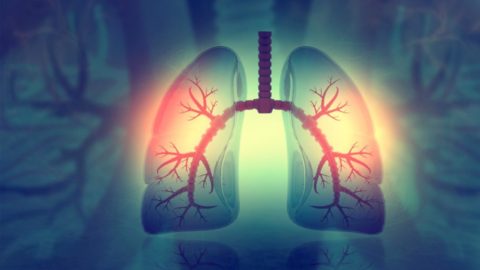
Scientists have grown lungs in the laboratory to create custom organs. The lungs were made from cells and then immersed in a cocktail of nutrients and growth factors in a bioreactor for a month. The resulting lungs were then transplanted into the pig. All the lungs appeared to be healthy and were not rejected by the pigs’ immune systems. This is the first step to demonstrating that lab-grown organs can be placed in the body and grow without rejection. In previous experiments, lab-grown lungs were unable to integrate into the cardiovascular system properly. Link to the story
|
Sharing with kids: Scientists have been able to make “Frankenstein” type lung in the lab-grown out of pig cells. The new lung was then put back into its body to see if the lung could function properly. Normally, the body may fail to accept the new organ as it is not a proper match, however, in this example, it was successful. Did you know that many humans require new organs (if theirs is not working properly), but have to wait a long time to receive one from a donor? Questions to Ask: 1. What are the organs? 2. What organs can you donate after death? 3. What is a transplant? 4. When was the first successful transplant conducted? Suggested Answer: 1. Organs are the machines of the body and are made of groups of tissues. For example, the heart is the body’s pump. It’s made from cardiac muscle tissue and heart valve tissue. 2. Organs that can be donated after death are the heart, liver, kidneys, lungs, pancreas, and small intestines. 3. Replacing a damaged or diseased body part with a healthy one is called transplantation. Many parts of the body, including cells, tissues, and whole organs, can be transplanted. The most common type of cell transplant is a blood transfusion. 4. The first successful kidney transplant was performed in 1954 when Ronald Herrick donated a kidney to his identical twin brother, Richard.
|
5. This little robot will be your new best pet.
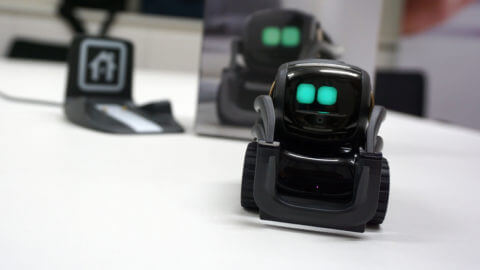
Scientists from the company Anki have built a new home robot named Vector, that acts as your personal assistant. It uses artificial intelligence and interacts with people almost like a pet to build personalised relationships. It is expected to launch in October and has raised over a million dollars in investment. Link to the story
|
Sharing with kids: The company Anki has built a tiny robot machine called Vector that can do many things like answer questions and play games. It uses complex technology to remember things you tell it and understand more about you. Questions to ask:1. What is a robot? 2. What is Artificial Intelligence? 3. If you could build a robot what would you want it to do? Suggested Answer: 1. A robot is a machine that is programmed to move and perform certain tasks automatically. 2. Artificial Intelligence is an area of computer science that emphasises the creation of an intelligent machine that works and reacts like humans. |
Further reading: our last week’s science stories and our blog on the importance of science literacy.
Did you like what you read? Want more science delivered in fun ways? Follow us on different social media channels using the links below.
Better yet, subscribe to InquiBox to get different science mini-projects delivered home.




